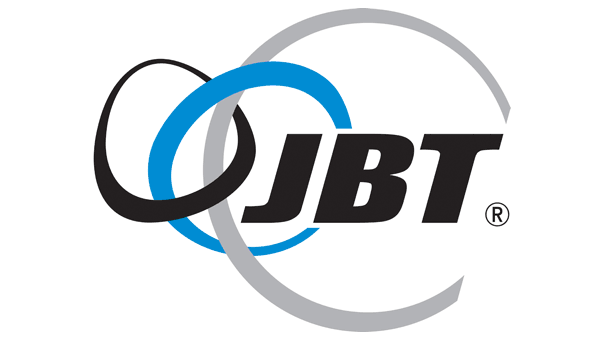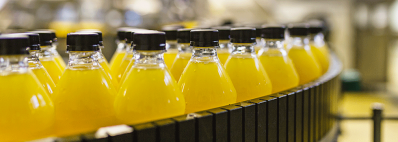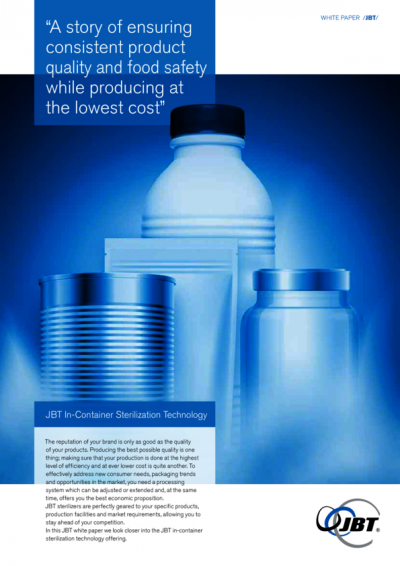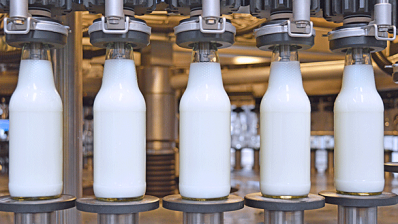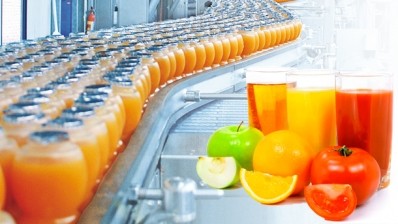Promotional Features
Powder packaging: How to choose machinery to capture a growing, high-value market
Powder foods and beverages provide significant advantages to manufacturers and consumers, alike. Producing tea, coffee, infant formula and other substances in powder form enables manufacturers to simplify logistics and extend shelf life, while providing consumers with the convenience and nutrition they desire. However, to achieve these benefits manufacturers must deploy specialized technologies and techniques that at least meet the high safety standards demanded by consumers and regulators.
The mix of benefits, opportunities and pressures that characterize the high-value powder market is illustrated by the infant milk formula subsector. As with other powder products, infant milk formula is attractive to consumers in part because of its convenience. With the numbers of working mothers on the rise globally, more and more families need nutritious, easy-to-prepare alternatives to breast milk.
Infant milk formula is meeting this need, leading to strong revenues in major markets. For example, Asian sales of infant formula are forecast to triple from 2010 to 2020, in large part because of rising demand in China.
The trends present clear growth opportunities for manufacturers but the infant formula sector, and broader powder food and beverage market, have high barriers to entry. Consumers and regulators are pushing manufacturers to make safer, better nutritionally balanced products using fully-traceable supply chains. People will pay more for products that they perceive to meet these criteria, a fact that is demonstrated by the near total dominance of the infant formula market by well-known brands.
Faced with this challenging market environment, companies need production machinery that delivers high-quality products every time. Hygiene failures are unacceptable in a sector where recalls due to contamination are disastrous to producers. To complicate matters, manufacturers must consistently meet high standards while achieving the levels of process line efficiency needed to thrive in fiercely competitive global markets.
What matters to powder packaging facilities
The consumer and regulatory pressures on producers of powder foods and beverages mean hygiene and downtime come toward the top of their lists of priorities. Manufacturers that fail to achieve a high, continually improving standard in these areas struggle to compete in the powder market.
Packaging is perhaps the most challenging, risky step in the entire process. That is the point at which the presence of foreign bodies or poor sealing can negatively affect product quality, safety and shelf life, potentially exposing the manufacturer to regulatory actions or a consumer backlash. This reality makes a manufacturer’s choice of equipment for powder packaging production lines critical.
By choosing equipment that exceeds current requirements, manufacturers can future proof facilities while realizing other benefits. For example, leading-edge packaging machinery has features that eliminate powder spillage, thereby improving hygiene, reducing waste and making production more efficient.
Another key hygiene factor for manufacturers to consider is the use of lubricants. Machinery that lacks exposed lubricants eliminates the risk that these greasing agents will enter and contaminate the powder container.
Other factors to consider include the material used in hygienic guarding. Choosing machinery with transparent guarding enables staff to visually inspect the entire machine, while the presence of large, lockable access doors facilitates easy vacuum cleaning of the line.
The presence of large access doors therefore helps companies to reduce cleaning-related downtime. This is critical to facilities that make multiple products on the same line. To avoid contamination and its potentially-disastrous consequences, manufacturers need to clean lines thoroughly during product changeovers. However, companies also need to clean quickly to make efficient use of their capacity. Changeover time is a key consideration for multi-product powder packaging lines.
These pressures make the presence of large access doors and other features that reduce downtime critical. In response, developers of powder packaging machinery such as seaming technology have come up with multiple features to address downtime, including motorized can height adjusters and designs that eliminate the need to swap out machine parts. The end goal is to facilitate fast changeovers without requiring the intervention of seaming experts.
Creating a full line solution offering
JBT, a provider of integrated food processing and packaging solutions, is a well-established player in the powder industry having sold can seamers for more than 20 years. However, JBT has historically lacked internal capacity to develop and make powder filling machinery, choosing instead to focus on all the later steps in the production process.
That changed in 2017 when JBT acquired long-time collaborator PLF International. The acquisition turned JBT into a provider of solutions for the full powder packaging production line. These solutions can handle cans, glass jars, plastics, bags and other containers used by the powder industry.
By bringing these capabilities in house, JBT has become a single source of processing and packaging equipment, enabling more companies to benefit from its six-continent service and support network. That done, JBT is now using its extensive resources and deep knowledge of processing and packaging to improve its machinery, ensuring it and its partners stay well ahead of quality requirements.

